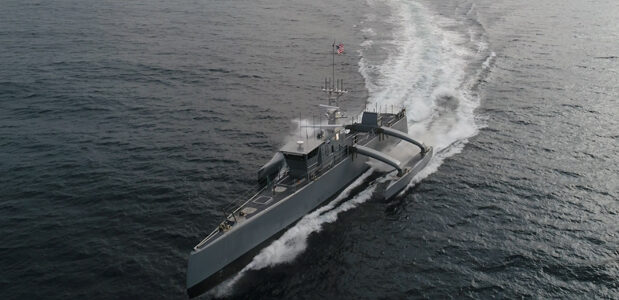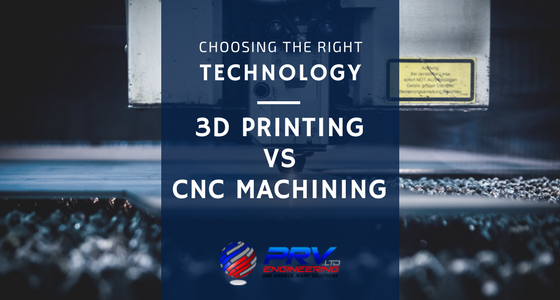Naval warfare could be on the brink of a total makeover through cutting-edge technology and innovation. Making waves at the center is the Sea Hunter – a new breed of unmanned, autonomous vessels launched in 2016. It forms part of the DARPA Anti-Submarine Warfare Continuous Trail Unmanned Vessel (ACTUV) program. DARPA has already completed trials of a prototype unmanned submarine hunter and claims it could lead to a new class military vessel.
Advances in engineering technology have given common CNC machining centers deep hole drilling (gun-drilling) ability up to a certain depth-diameter ratio. Deep hole drilling is a specialist machining operation that requires a specialised engineering company and PRV checks all the right boxes.
UK Manufacturing has continued its upward trend and toward the end of 2017, was named the eighth largest manufacturer by output in the world. This came less than one year after claiming ninth spot. Reports from EEF and Santander shows the nation’s annual output is worth nearly $250bn. If this current growth continues, UK Manufacturing could be in the top five as early as 2020.
Autonomous driving technology has been the buzz word for some time now. Tesla has been in the news, good and bad, and now it’s time for Hyundai to take the reins. The Hyundai Motor Company and Aurora, a leader in autonomous vehicle technology, have announced a strategic partnership. Together, they will move quickly to bring self-driving technology to market around the world aiming for 2021.
The initial focus will be on developing software and hardware for automated and autonomous driving. That includes the
The first ever electric plane was recently certified and flown in Australia marking an exciting frontier for electric aircraft. Australian sustainable aviation company, Electro.Aero, is at the forefront of electric aviation technology. They are responsible for the test flight after obtaining certification for the Alpha Electro from the Australian Civil Aviation Safety Authority late 2017.
Reflecting back on 2017 we saw a number of engineering trends making their mark in a big way. Some include advanced robotics, additive manufacturing, IIoT, quantum computing and big data. Even though it’s possible to identify hundreds of minor developments, what are the major engineering trends to follow in 2018? Take a look at these top trends we put together to end the year on a positive note.
A glimpse into the future of mountain rescue could mean replacing the image of our furry friend, the St Bernard. No surprise really as technology is forever advancing and with that, an unmanned aerial vehicle (UAV) made from carbon fiber with a 2.2 meter wingspan.
A team of students at the prestigious University of Warwick School of Engineering in Coventry, England, has designed an unmanned aerial vehicle. The core concept is to deliver immediate aid and equipment to people in need before a rescue team arrives. These UAV’s will essentially be the first responders.
Unlike some industries, UK manufacturing has grown to new heights throughout November and has defied all odds. Industries performing particularly well include the automotive sector, the steel industry and shipbuilding.
Overall, production is on the rise to the highest it’s been in four years; new territories with a significant increase in exports along with the highest employment growth in over three years. And according to a report from the Office for National Statistics (ONS), the UK’s industrial sector has increased by











Recent Comments